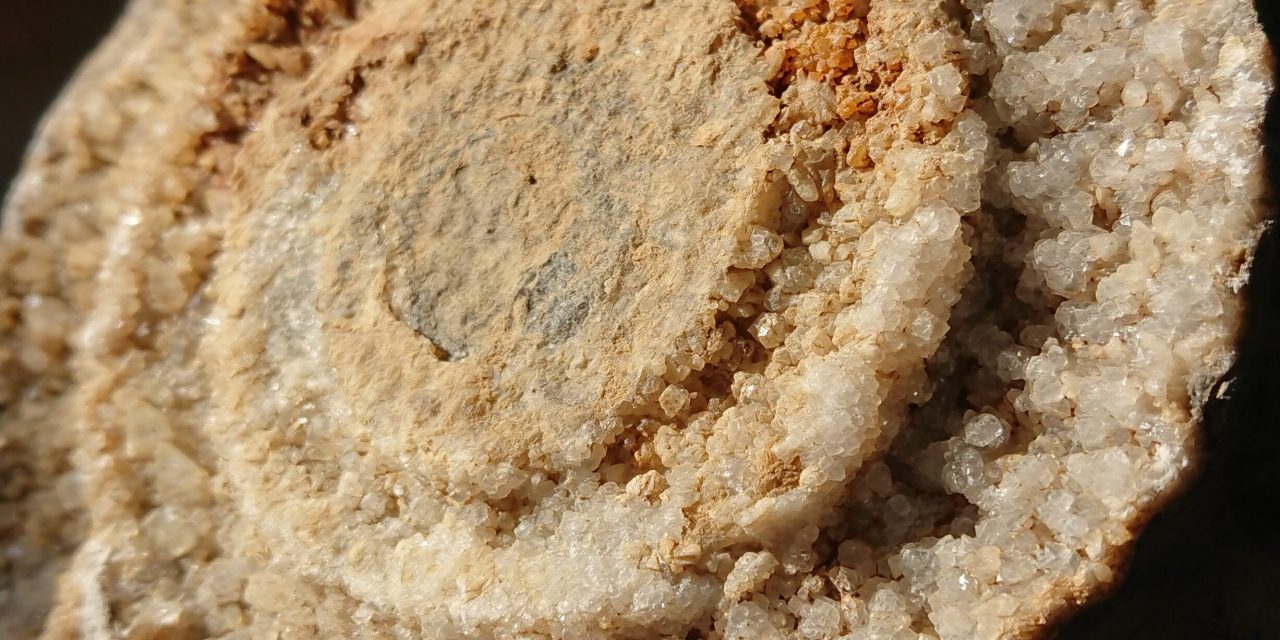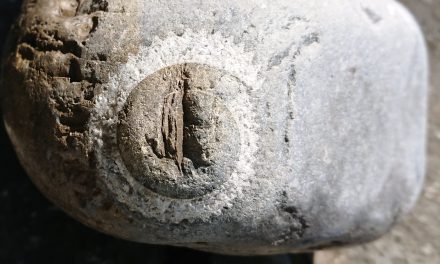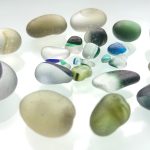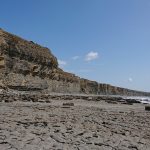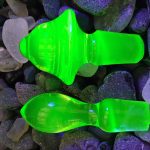Many beaches in the UK are filled with fossils that are waiting to be discovered. Whether you are already an avid beachcomber or simply have an interest in the discovery of fossils, you can take part in fossil hunting. People of all ages can take part in this activity, and it can be a fun experience for the entire family.
If you are just starting out on your fossil hunting extravaganza, there are some things that you will need to know before you head out. If you have little or no experience and knowledge in the subject, it can make it difficult to find what you are looking for. To help you on your new adventure, we have written you this fossil hunting guide for beginners that is an excellent place to start. Keep reading to find out everything you will need to know on the subject in order to have a successful trip.
What to expect from our article
- 1 How Do You Start a Fossil Hunt?
- 2 Where Can I Go Fossil Hunting in the UK?
- 3 Are Fossils Protected by Law?
- 4 What Do I Need To Take Fossil Hunting?
- 5 What Shoes Should I Wear Fossil Hunting?
- 6 How Can You Identify a Fossil?
- 7 How To Tell If a Rock Has a Fossil Inside?
- 8 How to Remove a Fossil From a Rock?
How Do You Start a Fossil Hunt?
There are two main options to choose from when starting a fossil hunt. The first of these is to do some research and go on your own expedition. With the right tools and equipment, there is nothing stopping you from turning up at the beach and starting your search. When you know what to look for, you will be able to find all sorts of cool fossils. The more often that you go, the more that you will find when you have gotten the hang of it.
Another option is to join a guided fossil hunting tour. Many beaches that are known for being home to lots of fossils will have guided tours that run throughout the day. You can look online for more information for specific beaches, but these tours can be especially helpful for beginners. The guides can give you lots of information about how to look for fossils that you can use for future solo trips. They can also give you historical information about the location that can be helpful for learning how to identify the fossils that you have found.
Where Can I Go Fossil Hunting in the UK?
There are so many places in the UK that you can go fossil hunting. Some of the best places to go are beaches and coastal areas, but there can be other places that you might be able to find them.
Most of these beaches are located in England and have a reputation for being home to thousands of fossils. There is even a place along the coast that is referred to as the Jurassic Coast because it is so well known for fossil hunting. This is located in Devon and Dorset, which are some of the best places to visit if you are in search of fossils.
A beach in specific that is well known through history for housing fossils is Lyme Regis. It is a well-known beach that is even featured in the Natural History Museum in London, where they have a display of all of the extraordinary fossils that have been found there. Interestingly, it was on this beach that Mary Anning discovered the very first ichthyosaur to be found in England, at just 12 years old.
Are Fossils Protected by Law?
The simple answer to this question is no. The coastal protection act was created to preserve the natural materials on the beach that are involved in coastal erosion processes. Certain materials such as pebbles and sand are protected under the act, but fossils are not one of them. You are free to take your fossil finds home with you, and you won’t get into trouble for it.
However, something to note is that areas of significant scientific discoveries may be protected by laws. Always make sure to check the rules before you take materials from the beach. If you think you have found something of significance, you can report it to the scientific community as it could help their research.
What Do I Need To Take Fossil Hunting?
There are certain tools and equipment that you may need to purchase for fossil hunting if you intend to look beyond the sand. For example, you may need a geological hammer to crack open rocks, and protective glasses to prevent any damage to your eyes. Some equipment that you may want to take with you can include:
- Tide times – this can be from an app on your phone like AnyTide, or you can take a tide book with you.
- A sturdy bag to carry your fossils in – you can also use bubble wrap, newspaper, or cloth to wrap the fossils in to protect them.
- Mobile phone – this is in case of an emergency so that you can call for help. You can also use your phone for taking pictures of your finds.
- Safety glasses and geological hammer – the hammer is a great tool for splitting open rocks in order to find fossils that are hiding among them. The glasses will help to protect your eyes from any fragments that come away from the rocks while you are hammering. Eye protection should also be worn by spectators.
- Gloves – these are great for protecting your hands against the elements, and they will also help to avoid blisters from lots of hammering.
- A chisel – while you will use a hammer for splitting open rocks, a chisel will help you to refine the state of the fossil and make it easier to take home with you. It is designed for more delicate work than the hammer.
- A notebook and pen – this is great for those people who like to record their finds such as times, locations, and types of fossils that they have found. This can be helpful to look back on when in search of a particular type of fossil.
- A hard hat – this could be useful in places that are more likely to have falling rocks, like cliffs in coastal areas. It will protect your head in such an event.
What Shoes Should I Wear Fossil Hunting?
Fossil hunting can be very messy work, so it isn’t a good idea to wear your best clothes and shoes. With that in mind, you should be wearing enclosed shoes that are made of high-quality and durable materials that will protect your feet. You also need to consider the grip that they have on the bottom as this will stop you falling on slippery surfaces. Another thing that you will consider is the comfort level as while it is important to protect your feet; you’ll also need to be comfortable standing for a long time.
As well as appropriate footwear, you also need to wear the right clothing. Always check the weather forecast before you set out to avoid getting caught in the rain without a waterproof jacket.
How Can You Identify a Fossil?
If you need to identify a specific fossil or are just simply interested in finding out more about it, you can take it to an expert for evaluation. Places like museums and heritage centres might be able to help you to identify a certain type of fossil. There are also apps and books available that can help you to find out what type of fossil you have found.
Another way to find out what type of fossil you have it to post some pictures of it on social media with relevant hashtags. There are so many fossil experts around, and you never know if someone might see it and provide you with the information that you need.
How To Tell If a Rock Has a Fossil Inside?
There are lots of rocks on the beach, but not all of them will have fossils inside when you crack them open. To avoid constant disappointment, there are some things that you need to know first. Sedimentary rocks are the most likely type of rock to find fossils in. You are unlikely to find fossils in igneous or metamorphic rocks.
An unusual method of telling whether or not a rock has a fossil inside is to lick it. While this sounds really strange and you will look completely insane doing this, fossilised bone has a spongy texture from keeping its internal structure. The moisture from your tongue is absorbed, which makes your tongue stick to the fossil. We wouldn’t suggest that you go around licking rocks that you have found on the side of the road, but it is an interesting fact to make a note of.
How to Remove a Fossil From a Rock?
Fossils aren’t always easy to find, and if you think that you have one hidden inside of a fossil, you will have to crack it open to find out. Sometimes it can be a painfully long process, and you will need to be patient in order to remove the fossil. This is where your geological hammer will come in useful. You will need to use the hammer to crack open the rock and view the contents inside. Once you have exposed your fossil, you can use a chisel to refine the rock further. Carefully chip away at the surrounding rock until you are happy with the finished product.

